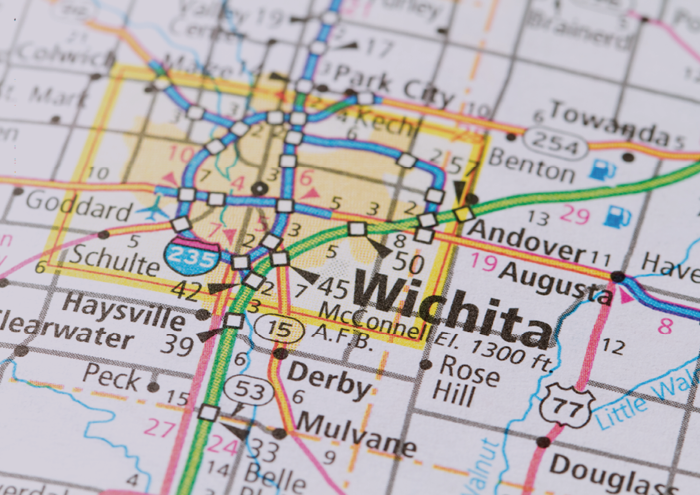From the capital to the county line, health care in rural Kansas is a hot topic across the state.
The Kansas Department of Health and Environment (KDHE) issued a 2018 Health Professional Underserved Areas Report that summarized the issue:
“Kansas is a state with vast rural and frontier areas that lack adequate medical care. Although efforts have been successful in increasing the total number of health care professionals, the long-standing factors that contribute to professional shortages, plus the new pressures of a changing health care marketplace, perpetuate uneven distribution of these essential health care professionals across the state. As a result, being underserved or having too few professionals for area residents continues to be a predominantly rural problem.”
It’s no surprise why.
“Rural Kansas is declining. People are moving out in a process known as rural flight,” says Denise Cyzman, M.S., R.D., chief executive officer at Community Care Network of Kansas. “In the past few decades, migration from the countryside to the cities has been steep. As people leave, businesses leave. Stores and restaurants close. Schools deteriorate. The health care system suffers, sometimes even hospitals close. We now have more than 6,000 ghost towns and dwindling communities.”
The recruiting dilemma
With rural communities struggling, recruiting physicians to these areas becomes more of a challenge. The problem is compounded because it’s not just a revitalization of rural Kansas that’s needed. The location in and of itself means that a physician may be the only health care provider for miles—which can burden a physician further.
“Practice of medicine is complex and can be emotionally draining,” Cyzman says. “Physicians working in urban areas have a ready-made pool of colleagues with whom they can consult, learn from, and seek emotional support. Continuing education is often provided by their health system or within their community. Rural physicians aren’t always so lucky.”
There are other factors—and individuals—who come in to play when recruiting physicians to rural Kansas, too.
“If the physician you are recruiting is married, you are not only recruiting the physician, but also the spouse,” says Jeremy Ensey, chief executive officer at St. Luke Hospital in Marion, KS, and trustee for the Kansas Health Science Center (KHSC). “If the spouse also works, then the issue is where are they going to work? What are their needs, and can they be met by living in this area?”
Physician need in Kansas
In 2017, a Kansas state task force found 161 primary care Health Professional Shortage Areas (HPSAs) in Kansas. Of the state’s 105 counties, 92 are considered partially or wholly underserved, representing nearly a third of the state’s population. To fill this void, rural parts of Kansas need 83 new primary care physicians each year.
According to Cyzman, there are some strategies that can increase the likelihood of newly graduated physicians to stay in rural Kansas.
“Some that come to mind include: (1) Assuring a strong geographic mix of students, assuring that many come from rural Kansas; (2) Having students learn and residents practice within community health centers and critical access hospitals (CAH) in rural Kansas, and (3) Implementing ‘home-grown’ programs that help high school, college and other individuals from rural Kansas seek professional health careers, including becoming an osteopathic physician (DO).”
Increasing the number of DOs can be particularly effective, something Vicki Whitaker, the executive director at the Kansas Association of Osteopathic Medicine (KAOM), echoes.
“Osteopathic physicians (DOs) are known to go into primary care at much higher rates than their MD counterparts,” Whitaker says. “These primary practice areas include family medicine, internal medicine, and pediatric medicine. DOs enter primary care about 57 percent of the time. This area of practice is in high demand in every community and particularly in rural areas.”
“Having a college of osteopathic medicine in Kansas will increase rural physicians because it would increase the numbers of osteopathic physicians born in Kansas, educated in Kansas, and staying in Kansas,” Whitaker says. “If KansasCOM has additional strategies to recruit qualified applicants from local colleges, then it will increase the opportunity for rural communities to keep graduates as medical staff.”
It’s the impetus of KansasCOM—and the college is more than ready to rise to the challenge.
“The Kansas College of Osteopathic Medicine provides a new pool of physicians to potentially serve Kansas,” Cyzman says. “Community Care Network of Kansas and other medical/health professional associations in Kansas are ready and eager to partner to identify and implement solutions that will address the physician workforce shortage in rural Kansas. We have the interest and motivation. KansasCOM has the future workforce.”

